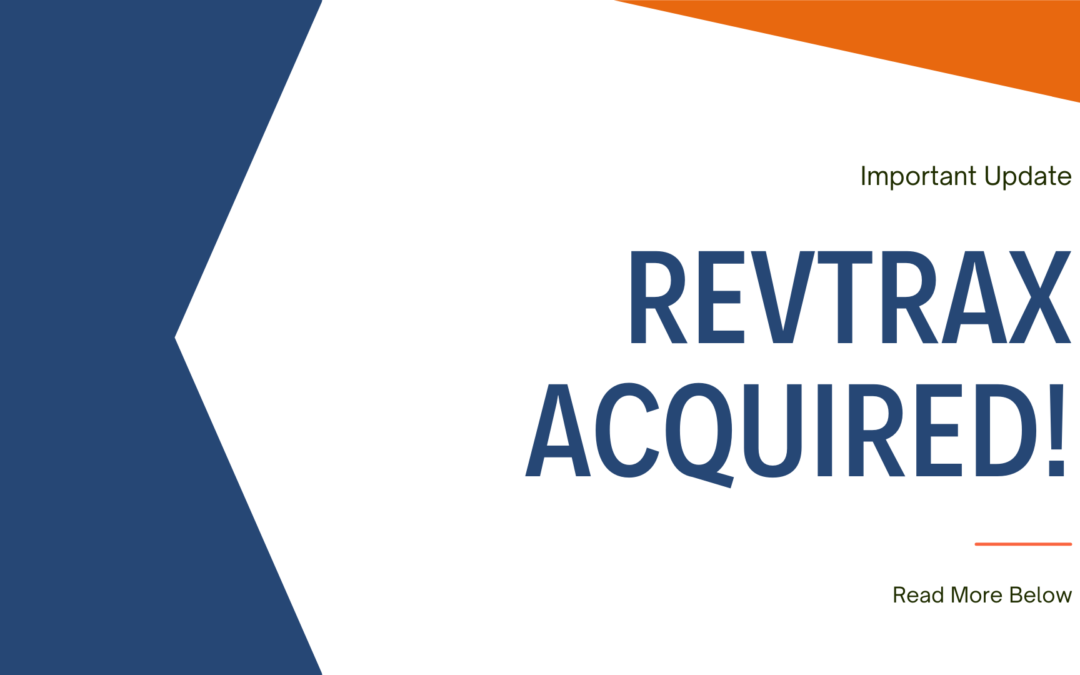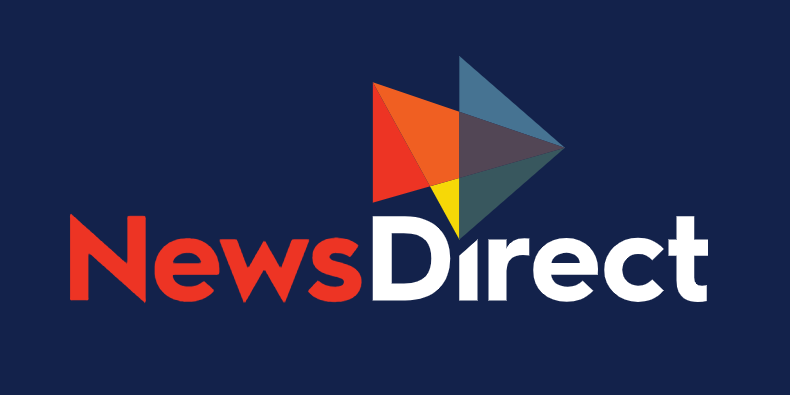This blog series highlights practical, immediate ways that brands and retailers can adapt and grow in the ever-changing world of a global pandemic.
Methods discussed in this blog:
- Dynamic Engagement
- Acquisition + loyalty campaigns
- Real-Time Marketing
You have the tools to steadily grow your business, even during shaky times like these. So far in this series, we’ve highlighted touchpoints, tactics, and tech you can start using today to strengthen current client relationships and build new ones.
Every one of those methods require data. Good quality data. Organized, secured, analyzed, and maintained in a proper database that your marketing team can easily access and integrate across departments.
All of the data you need is waiting for you. But you’ve got to know how to find it. At RevTrax, first-party data is the foundation for all of our campaigns. In the decade-plus that we’ve been building our database, this granular data has only proven more valuable for our clients.
Why First Party Data?
Basically, it provides more detail than any other type of data. Third-party data might tell you a person’s age, gender, and profession – all of which is useful. But it’s broad. Plus, it’s often unreliable – 65% of businesses don’t even really know the origin of the third-party data they purchased.
In contrast, first-party data is:
- Granular – It charts such things as how long a person looks at a given image on a page, how many times they browse before making a purchase, what kinds of messaging resonates with them.
- Current – New behavioral data points are added with every passing second of the day. It adds up quickly – RevTrax’s predictive modelling draws from more than 100 million new attributes observed each month.
- Private – This data is your property. You generated it yourself. You’ve got exclusive control over it. It’s a tremendous asset.
First-party data tells you not only who a person is but what kinds of decisions they make. First-party data charts what color of clothing a person prefers, what time of day they are most responsive to email, the web design that motivates them to complete purchases…
The possibilities for insight with first-party data are virtually limitless.
Here are three tactics for collecting first-party data while engaging shoppers.
1. Acquisition + Loyalty
Loyalty programs build enthusiasm and show your appreciation for repeat business. They’re also great ways for customers to opt-in to data collection. And they’re an opportunity to test out different messaging on people who have already shown to love your product.
They might incentivize shoppers with a point system or simply provide an exclusive discount every time they shop with you. Any point of purchase is a great place to collect data, and if you can integrate that data with specific personal data about your loyalty members, you’re on your way to building a great customer profile.
Try This – Social Sharing Coupons
Create an exclusive offer for customers to share with friends and family. With unique barcodes, you’ll be able to track the journey of every person who redeems the offer. It’s a win for you and a win for them. Contact lens solution manufacturer BioTrue started a campaign like this with help from RevTrax: people signed up for the offer and were incentivized to share it with up to four people. The more people they shared with, the higher their redemption value. And the more people redeemed the offer, the more data BioTrue was able to gather.
2. Real-Time Engagement
Thanks to machine learning and A.I., digital engagement gets better the more that a customer uses it. Your website, for example, can tailor itself in real-time to a visitor – adapting the products it presents, or the types of discounts that hold their interest.
And the longer you can keep a shopper engaged on your site or app, the better you can get to know them via data you collect. Starbucks does this brilliantly with their app. By channeling promotions as well as drink purchases through the app, their customers are spending more and more time on the screen, providing more and more data.
Real-time engagement also provides a great platform for A/B testing of marketing strategies, so your team can refine its campaigns at an even faster pace.
Try This – App Tools
App-forward behavior is a great example of how increased data collection directly improves customer experience. Fashion retailer Neiman Marcus provides a great example, retaining the shopping preferences of each user and recommending clothing in their size. And while customers are benefitting from the app tools, the app is documenting their behavior for future improvements.
3. Dynamic Email
Instead of writing email copy and hoping that it still sounds fresh when it’s finally opened, your emails can have messages that are guaranteed fresh, thanks to A.I. Dynamic email uses data about a given customer to adapt the messaging at the very moment an email is opened.
Instead of promoting a product you think someone will like, you can promote a product they were browsing earlier that day. We created a campaign that played off of the current weather in every recipient’s location, tied to an exclusive offer.
The same tech applies to messaging across channels. Tracking behavioral data about when the offer was opened, who opened it, where, when, and how it was redeemed will teach you a lot. Charting even more specific behavioral data about engagement with the touchpoint is possible too.
Try This – Online to Offline Campaigns
Create exclusive digital offers that can be redeemed in-store, and you’ll gain a wealth of new data points about people’s behavior between the time they first open an offer and the time they finally walk through your door. The Men’s Wearhouse retail chain did this with help from RevTrax. The result? More than $19 million in sales, and a refined view of their own marketing engagement strategies.
First-Party Data Builds Relationships
Effective marketing is effective engagement. The goal here, as always, is to build relationships with customers who will keep spending their hard-earned money with you. You need to know who these people are in order to give them the best service. First-party data is the way you’ll get to know them.
By building data collection into your marketing assets, you’re strengthening each campaign as soon as it begins. Of course, to do this effectively and at scale requires data management tools – A.I. and database management among them.
But investing in this heightened engagement is the single best thing you can do for your business’s growth right now.
All of the tactics we’ve discussed in this blog series were already necessary way back when people still left their homes without a protective mask. And while we all cautiously wait out the Covid-19 pandemic, maintaining those connections is even more important than ever.
We’ve been strengthening brand relationships to their customer bases for over a decade. We’re excited to help other brands strengthen their relationships. You’re welcome to join us. Our team is ready to show you the way.







